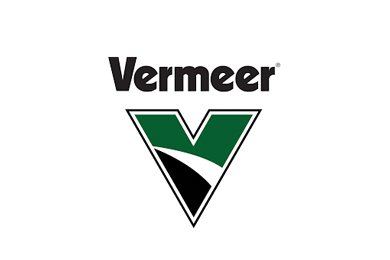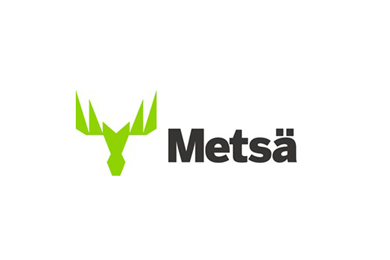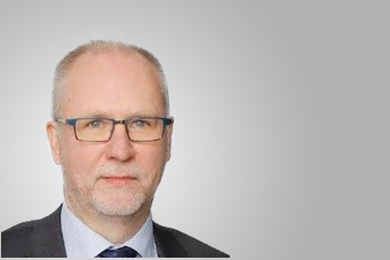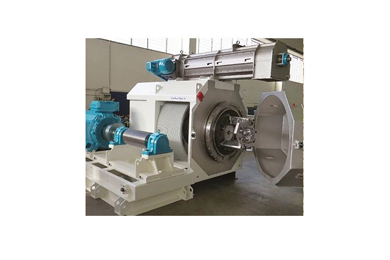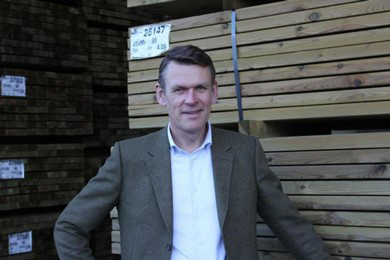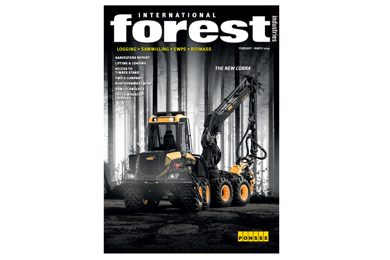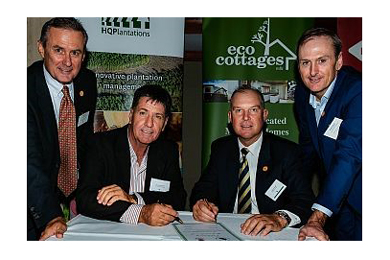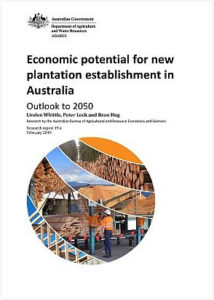HARVESTERS: It’s worth taking a step back to appreciate just how refined the harvester has become under the watch of the contemporary group of harvester suppliers.
Ponsse, John Deere, Komatsu, Rottne, Tigercat, CAT, Konrad, Indexator, Clark Tracks, Logmax, Cleanfix
LOGGING • BIOMASS
Harvesters: It’s worth taking a step back to appreciate just how refined the harvester has become under the watch of the contemporary group of harvester suppliers.
Lifting & Loading: A concerted effort to improve the mechanics of lifting logs should improve productivity and energy consumption and improve the bottom line for contractors.
Access To The Timber Stand: The land-clearing specialists ensure a smooth ride for forestry contractors but that doesn’t mean ensuring access to the timber stand needs to be an uncomfortable job.
Two’s Company: Ex-oil field worker partners with lifetime logger to take on tough conditions in Michigan’s upper peninsula.
The Northernmost Bear In Sweden: In Örnsköldsvik in the Swedish province of Ångermanland, one can run into an exceptionally big bear.
Truck Mounted Chippers: Jenz The JENZ product range varies from classic Chippertruck as a three-axle model with drive via the truck engine, to the hybrid version as a four-axle with dual engine technology
LUMBER PROCESSING
Sawlines
Stenner: Stenner produce the most extensive range of wide band resaws in the world.
Pilous: The X-Cut saw band was developed based on customer requirements for woodworking and sawing on band saws.
System Tm: Experiencing the full range of System TM and MiCROTEC machinery in action will be taking center stage at this year’s LIGNA exhibition.
Tp & Ee: Mills turn out in force Portland, ORE.
Coming up in the April/May 2019 edition of IFI
Sawlines: The complete sawline sits at the heart of the sawmill and provides a home for a multitude of technologies that combine to make sure that heart beats consistently and rhythmically. IFI speaks to companies delivering complete sawlines into businesses across the world to see who is drumming up the most business and what the market is demanding.
Wood Drying Technology: From double-track, single-track and side-loading configurations, the sawmill’s work isn’t done until the icing is put on the cake. For the lumber processing industry, icing the cake involved drying and finishing the sawn-wood products properly, dressing them up for market. The feature will look at not only the latest in kiln technology and the issues facing kiln manufacturers, but the supporting components that keep modern kilns at the cutting edge, such as moisture measurement systems, kiln humidification systems, and thermal modification and vacuum drying.
Scanning & Optimisation: The technology at the pointy end of the sawmilling sector. Scanning and optimisation technology is being increasingly turned to by sawmillers to streamline operations and cut down on costs. It is also a sector that is constantly coming up with new ideas to help the sawmilling industry achieve its goals. We’ll review not only technology breakthroughs and innovations but also look at case studies where these technologies have transformed the fortunes of sawmills.
Debarkers: How have the industry’s found avenues to improve the way we debark logs – faster, cleaner, more efficient? Further advancements are possible and we’ll chat with the people pushing the boundaries. We also look back to the forest to consider how debarking in the stand is changing to add value to logs before they leave the site.
Operation Focus: TBC
Operation Focus: TBC
LOGGING • BIOMASS
Chippers: The emerging forestry subsector of chipping continues to take hold, keeping pace with one of its min drivers – biomass and bioenergy. The battle for market supremacy continues to intensify and the innovations continue to roll out.
Feller Bunchers: The harvesting method pioneered in North America using the feller buncher has spread acrss the globe. The latest advances in these machines are covered in an annual technology review.
Operation Focus: Tigercat
Operation Focus: John Deere
Operation Focus: Ponsse
Operation Focus: TBC

